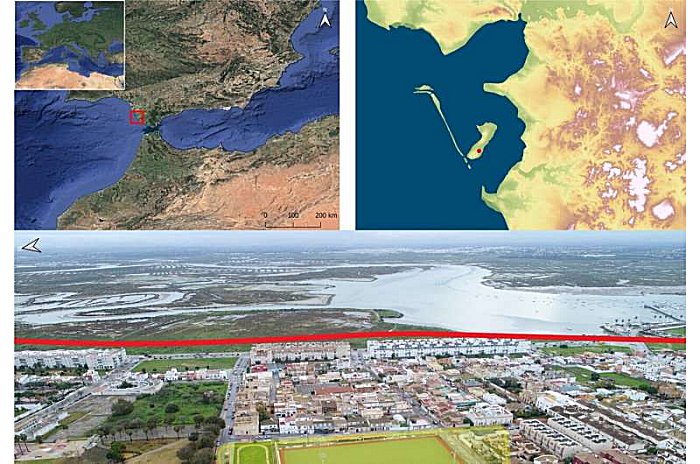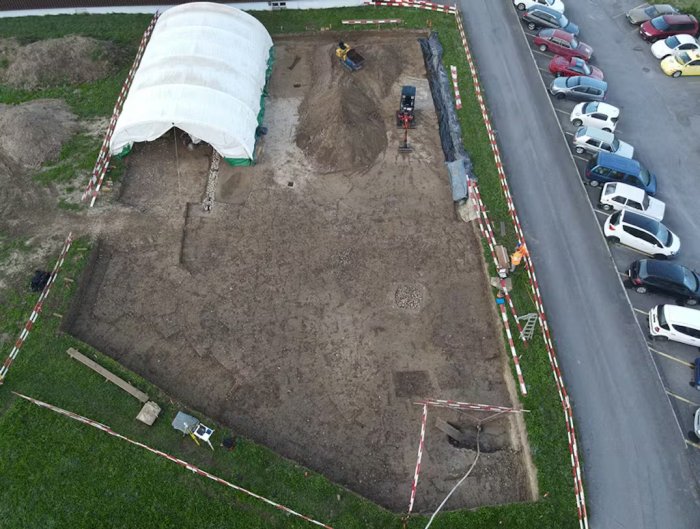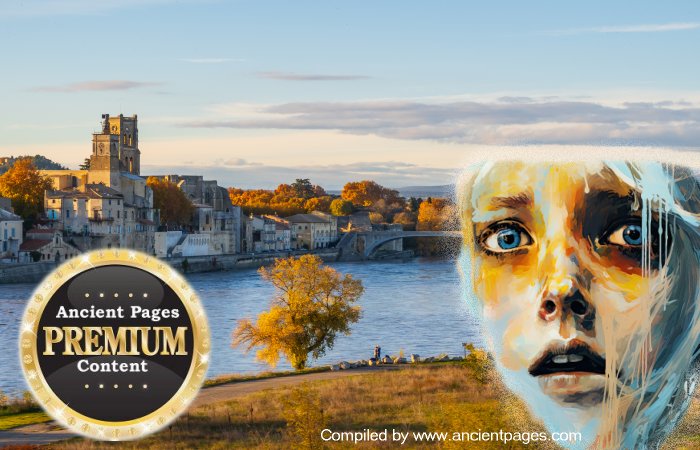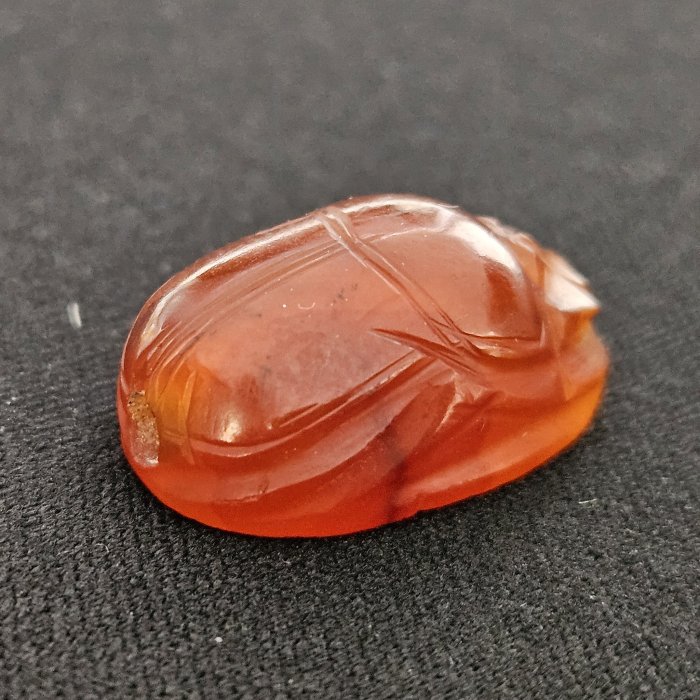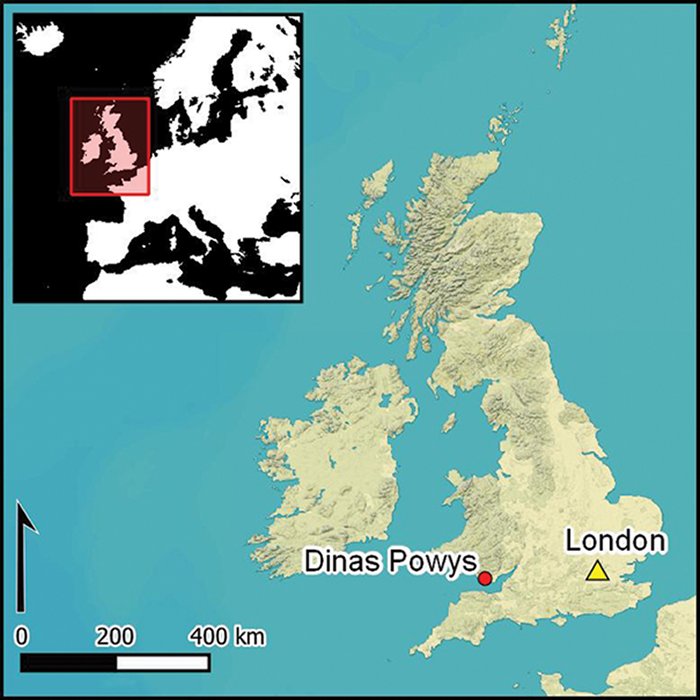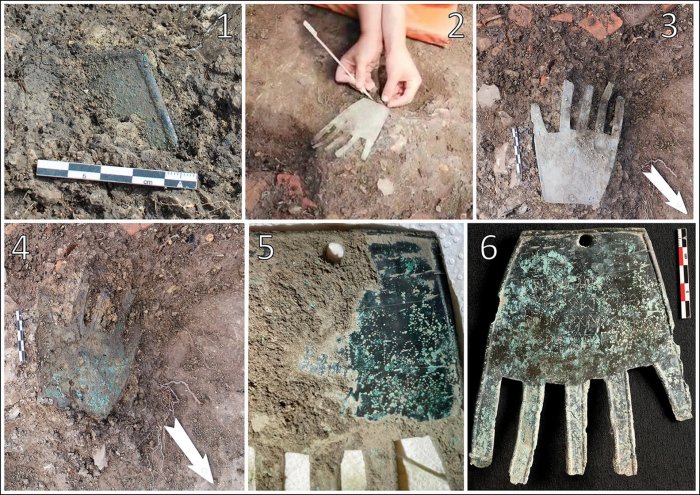Conny Waters – AncientPages.com – Archaeologists excavating in Egypt have unearthed the foundations of the Temple of the Sun and blocks dating back to Khufu‘s reign at the open-air museum of Matariya, in Cairo’s Heliopolis. The science team has also found a number of mini sphinxes, and fragments of statues, including a huge baboon statue made of red granite.
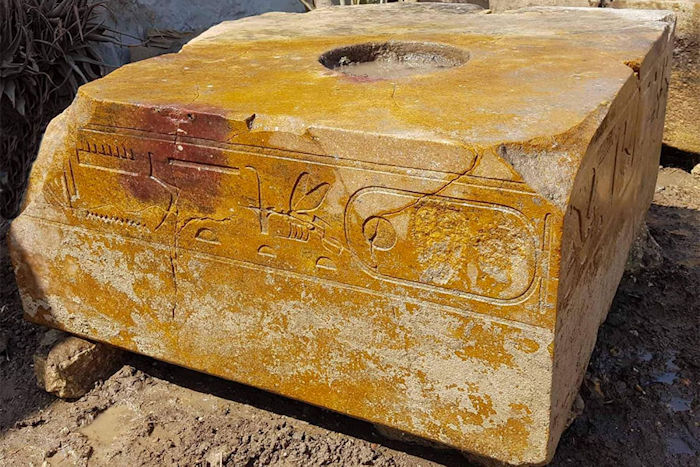
Credit: Ministry of Tourism and Antiquities
As previously explained on AncientPages, “Heliopolis was an important religious center of the god Ra, later Atum-Ra- Khepri and Re-Horachte, and the formation of the so-called Heliopolitan Cosmogony, which became the basis of the faith of the ancient Egyptians.
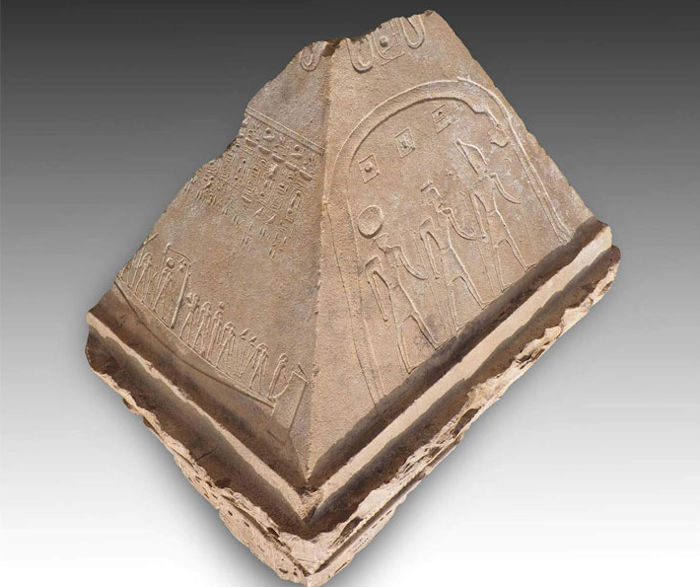
Credit: Ministry of Tourism and Antiquities
In ancient texts, the city was called the “temple of the nine gods” and refers to the ‘Ennead of Heliopolis’ nine most important deities of Heliopolitan beliefs and the entire pantheon of gods. This group of nine major Egyptian deities included Atum (Iusaaset), Shu, Tefnut, Geb, Nut, Osiris, Isis, Set, Nephtys.”
Another city’s name was the “cradle of the gods,” though also several other names were used in different ancient texts, and among them in Egyptian theology, it was called Per-Ra, “The City of Ra,” and in the Bible, it is mentioned as On.
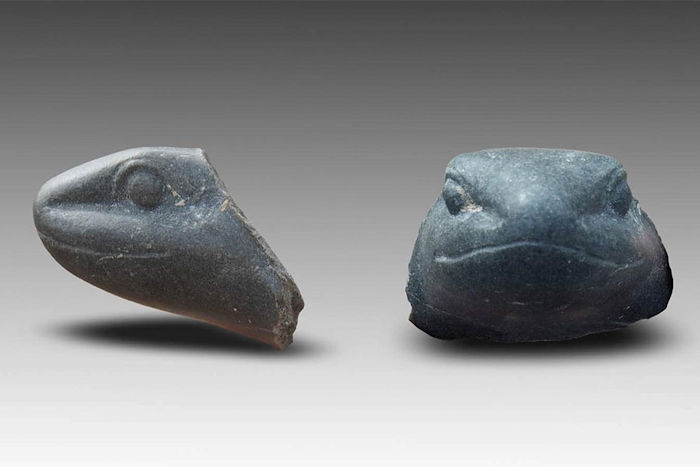
Credit: Ministry of Tourism and Antiquities
Dr. Mustafa Waziri, Secretary-General of the Supreme Council of Antiquities emphasized the significance of this archaeological discovery pointing out the first time that antiquities from the reign of King Khufu have been discovered in the Ain Shams area, which may have been parts of an unknown building or may have been transferred from the Giza pyramids area to be used as building materials in the Ramesside era, a period in which the use of stones from the oldest historical buildings became common.
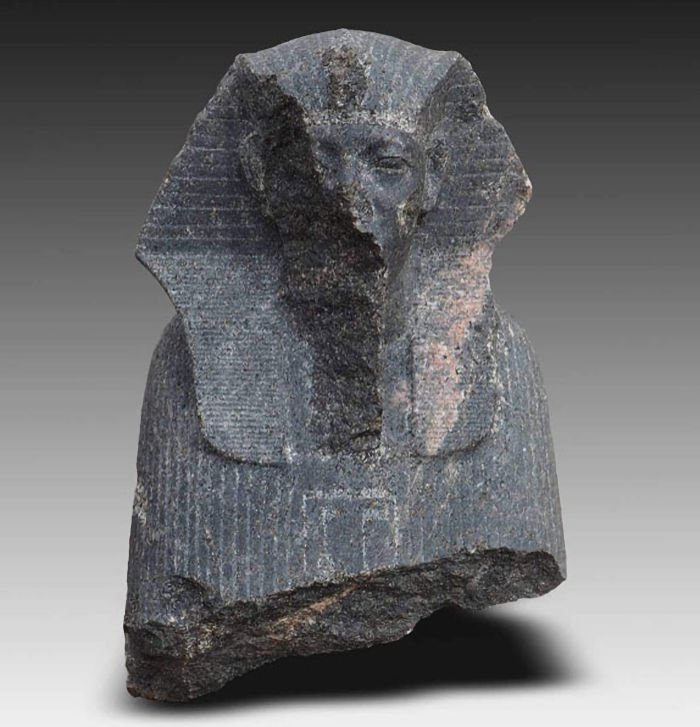
Credit: Ministry of Tourism and Antiquities
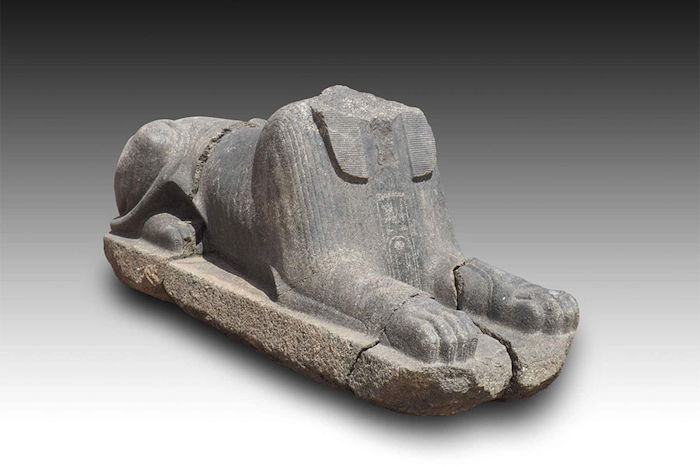
Credit: Ministry of Tourism and Antiquities
The head of the Egyptian side in the Egyptian-German mission Ayman El Ashmawy added several of the unearthed ancient fragments indicate the continuous royal presence in the area through the presence of number of kings including Amenemhat II, Sesostris III (1882-1842 BC), Amenemhat III (1842-1795 BC), Amenemhat V (1776-1773 BC), Thutmosis III (1479-1425 BC), AmenH๏τep II, AmenH๏τep III, Horemheb (1319-1292 BC), Ramesses II (1279-1213 BC), and Seti II (1204-1198 BC).

Credit: Ministry of Tourism and Antiquities
He added that longstanding investment in Matariya’s Temple of the Sun is evident by the many stele, naos, and altar fragments of Amenemhat IV (1802-1793 BC), SobekH๏τep IV (1712-1701 BC), Ay (1323-1319 BC), Seti I (1290-1279 BC), Osorkon I (925-890 BC), Takeloth I (890-877 BC), and Psametik I (664-610 BC).
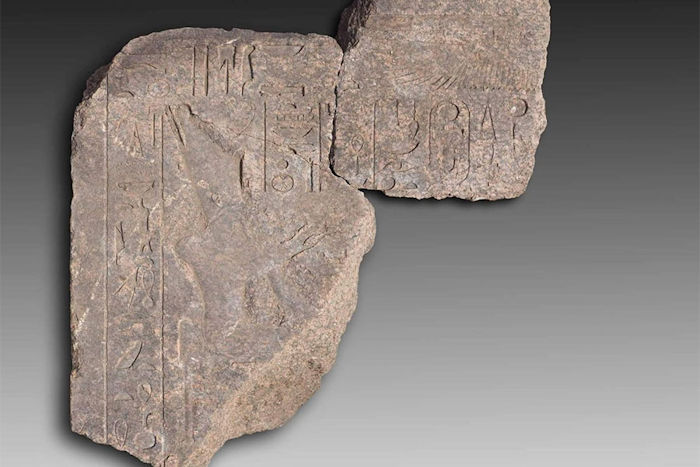
Credit: Ministry of Tourism and Antiquities
Other discoveries in the western periphery of the site include the foundations of a courtyard, a pedestal of Amasis (570-525 BC), as well as several altar installations that indicate they were constructed in the Late Period.
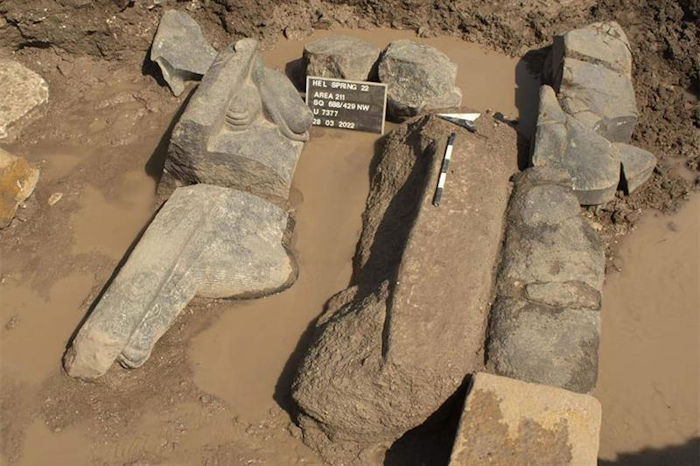
Credit: Ministry of Tourism and Antiquities
“Fragments of a quartzite model with miniature sphinxes by AmenH๏τep II and a base of a colossal baboon statue of red granite were also unearthed. All fragments were discovered in various debris layers belonging to Roman, Late Roman, Early Islamic, Mamluk and Ottoman periods,” Ahram Online reports.
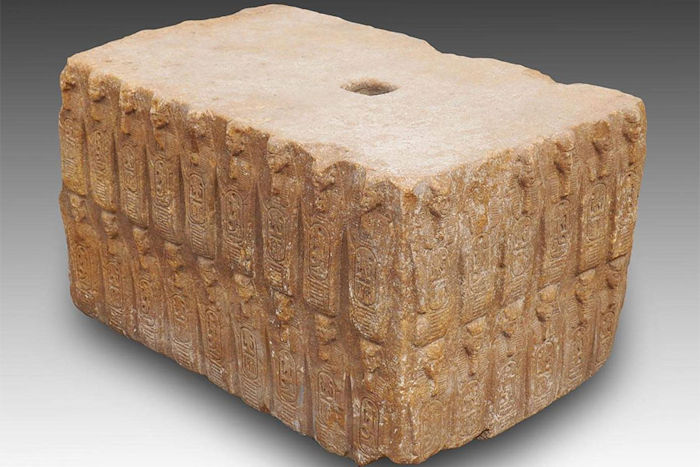
Credit: Ministry of Tourism and Antiquities
“For the first time fragments of the Fourth Dynasty king Khufu (c. 2580 BC) were found in Heliopolis,” said Raue, adding that they may belong to a hitherto unknown building precinct of Khufu at Matariya, or they could have been brought from the pyramid district at Giza as building material during the Ramesside Period.
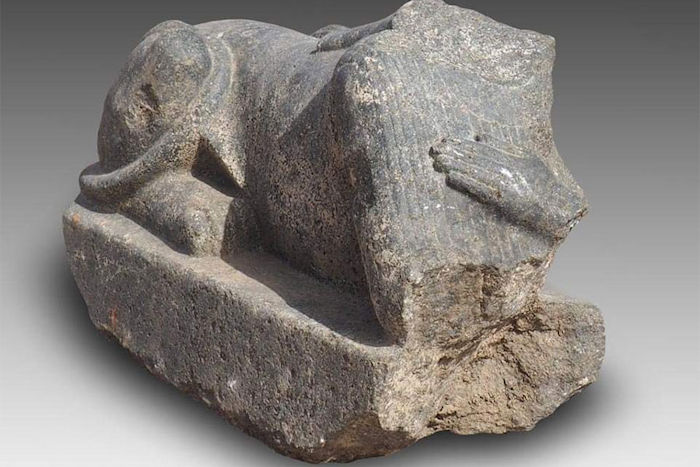
Credit: Ministry of Tourism and Antiquities
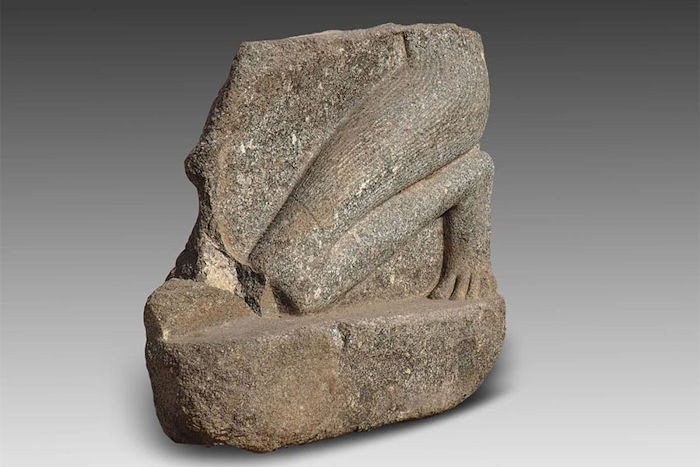
Credit: Ministry of Tourism and Antiquities
“Excavation work also provided additional evidence for the earlier history of the area,” ᴀsserted Raue, pointing out that several layers of Dynasty Zero (Naqada IIIB) (c. 3100-3000 BC) have been identified.
See also: More Archaeology News
Vast layers of pottery debris indicate ritual activities in the earlier third millennium BC as well as an intense distribution activity during the third and fourth dynasties (c. 2686-2494 BC). Old Kingdom activity is also confirmed by a red granite fragment of Pepy I (c. 2280 BC) with the depiction of Horus, he pointed out.
Written by Conny Waters – AncientPages.com Staff Writer
